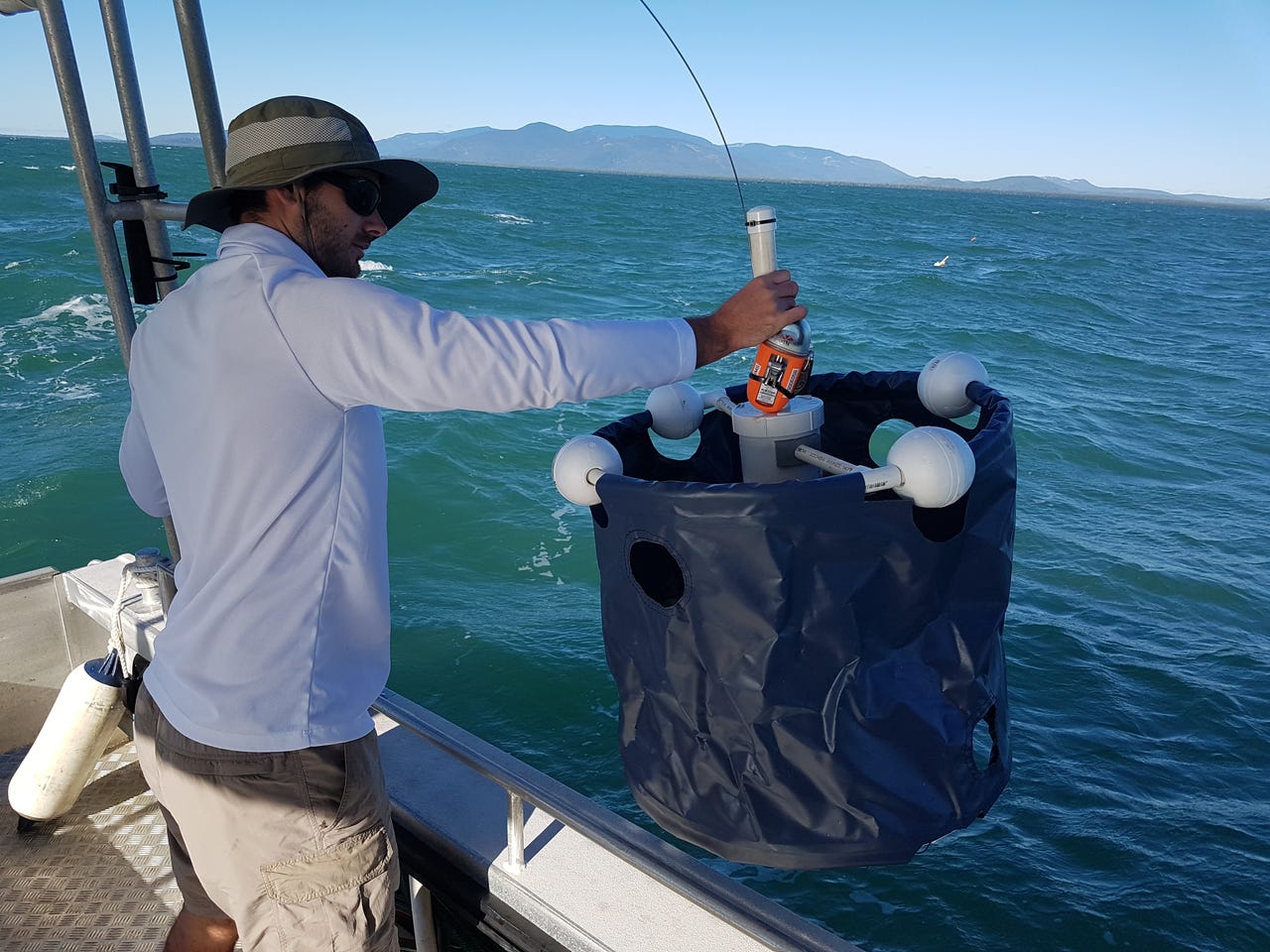Australian Institute of Marine Science trials IoT drifters to monitor oceans


The Australian Institute of Marine Science (AIMS) has teamed up with Internet of Things (IoT) satellite technology company Myriota to trial ocean drifters that report back to base using satellites in low Earth orbit (LEO).
The low-cost drifters allow AIMS to receive data in "near-real time", the agency said in a statement.
"Because they connect to LEO satellites, they avoid issues like coverage dropouts and connectivity issues that come from using traditional mobile phone networks," AIMS technology development team leader Melanie Olsen said.
According to Myriota, the drifters monitor location, currents, sea surface water temperatures, and barometric pressure, and, in future, AIMS could get oceanographic data every hour.
"Data is an essential tool if we are to understand how our oceans behave," Olsen added. "We need to bring every tool to bear if we are to protect one of our nation's most precious natural assets, our marine environment."
In November last year, Myriota CEO Alex Grant detailed the transmitter that was a result of seven years of research and development.
Myriota's current-generation technology allows for a four-year battery life of IoT devices using two AA batteries; scales to hundreds of millions of connections; and offers a tenfold cost reduction from traditional satellite offerings to "reduce the bar for getting into space", the chief executive said.
Grant also explained how Myriota has worked to ensure the security of its system.
"We had to really work very hard to solve a problem not just of data payload encryption -- that's fairly straightforward -- the real challenge is the authentication and privacy aspects of the link so that you can't, for example, have an attacker getting home metadata attacks on your IoT system," Grant said.
"For example, counting how many things you have or being able to tell where all your things are. Even if they don't know what the actual sensory [data is], there's a lot of commercial information in perhaps the population of your deployment."
At the start of the year, Myriota raised $15 million through a Series A funding round, with Boeing HorizonX Ventures, Singtel Innov8, and Right Click Capital.
Myriota said the cash injection would allow to launch more satellites; opening offices in North America and Asia; adding 50 additional staff members to its South Australian headquarters; and launching a $2.7 million IoT innovation lab in Adelaide.
Related Coverage
Myriota brings satellite IoT to regional Australia
Myriota has said it will connect IoT devices with low earth orbit satellites for a lower cost and longer battery life than traditional satellite solutions, with its commercial product launching next year.
Satellite IoT startup Myriota raises $15m
Boeing HorizonX Ventures has kicked in to help raise $15 million to fund Australian startup Myriota, which is aiming to provide IoT connectivity via nano-satellites.
How to improve enterprise IoT security: 5 tips (TechRepublic)
Some 25% of companies struggling with IoT security lost at least $34 million in the last couple years. Here are five ways to stay better protected.
Why the convergence of IoT and AI could change business forever (TechRepublic)
The Internet of Things, expected to grow exponentially over the next half decade, will generate the essential data that AI systems need to automate industry, says Schneider Electric Chief Digital Offi...